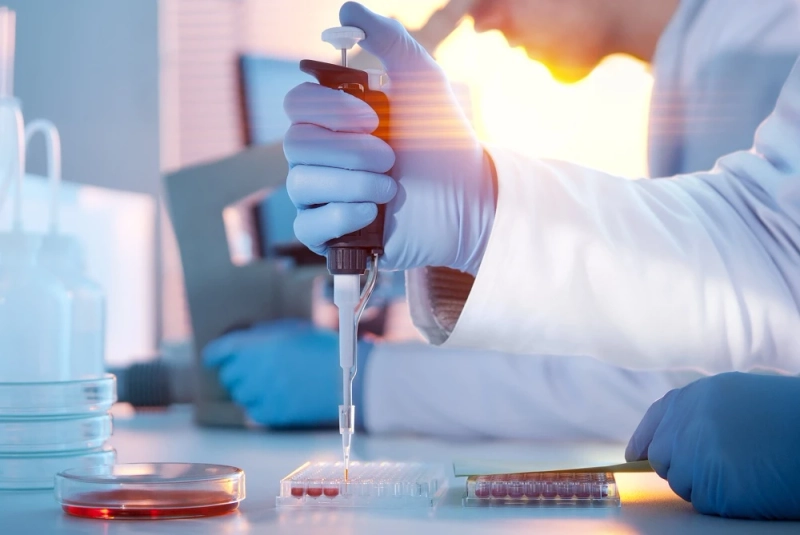Large molecules that have recently emerged in biopharmaceutical drug products are prone to generating unwanted immunogenicity-targeting therapeutic drugs. This can impact their safety and efficacy profile, given the fact that the drug is seen as a foreign entity, despite efforts to humanize the active component. Given the complexity of the molecules, there is a regulatory requirement to evaluate protein-based therapeutic products’ immunogenicity profile. Multiple factors can impact the bioanalysis of the immunogenicity anti-drug antibody assay that characterizes the immune response generated against the drug. Here are three challenges to be aware of while performing ADA assays.
Matrix Interference in Immunogenicity Assays
One of the most challenging parameters to solve is matrix interference in immunogenicity assays. This is especially true when handling disease-type populations. Multiple factors can contribute to interference, including the disease population and demographic, the rheumatoid factor, the drug itself, a co-administered drug, and many other factors. The first step in assessing the matrix effect is characterizing the impact of the demographics and disease state on the assay’s performance. This is where partnering with a CRO with bioanalytical services can be beneficial. The CRO will have the experience necessary to avoid or identify interference factors. To anticipate and understand results obtained from ADA responses, it’s essential to have a good understanding of the drug and its target.
Determining Cut-Point Evaluation for Oncology Clinical Studies
One problem oncology studies can present is limited access to oncology donors representing the targeted population appropriately. This makes it challenging to determine the correct pre-study cut-point for an immunogenicity oncology study. There may not be enough sample donors for a suitable statistical analysis for cut-point determination. It’s even more difficult when comparing the variability of sub-disease types, such as Hodgkin’s lymphoma and follicular lymphoma. A single cut-point for all the different disease groups is essential if each one does not have an adequate number of donors. In an actual study with a greater number of sample donors, the cut-point can be re-evaluated and adjusted accordingly.
When Should a Cell-Based Assay Be Used?
It’s important to detect anti-drug neutralizing antibodies (NAbs) that are generated in response to a therapeutic protein to ensure a safety profile and complete efficacy in vivo. While they are complex to develop and use in a regulatory setting, cell-based assays can provide a physiological system for detecting NAbs. The mechanism of action should be reflected in the neutralization assay. The MoA might be reflected by a series of independent events. A cell-based format can assess the entire biological activity instead of just a fraction of the neutralizing interactions. Cell-based assays can also help identify interdependent key receptor-ligand interactions, which can be important if the sequence of events that leads to biological activity isn’t understood. You should also take into account the level of safety concerns, such as high ADA positivity rates, the possible impact on endogenous compounds, or previous indications that there might be autoimmune reactions reported from similar drugs. Ligand binding assays should be used for products that rely on the displacement of the receptor-ligand reaction, giving an alternative approach to NAb detection.
About Altasciences
Are you looking for a drug development partner? Altasciences, a mid-sized contract research organization, is the partner with the expertise you need to make your next project a success. As an integrated CRO with pharmaceutical CDMO services, Altasciences offers partners more than 25 years of research experience for preclinical studies and clinical trials. This CRO/CDMO uses an innovative, integrated approach that pharmaceutical and biotechnology companies can rely on. Altasciences also offers partners expertise in a wide range of study types and therapeutic indications. This includes a wealth of experience in first-in-human clinical trials and CNS clinical trials. Partners also gain access to essential resources, including experienced and highly trained staff, a recruiting database of over 400,000 potential study participants, and over 580 beds for overnight studies. Choose this trusted CRO/CDMO for all your early clinical development needs.
Partner with Altasciences for bioanalysis and other areas of expertise at https://www.altasciences.com/
Original Source: https://bit.ly/38gg8dN
3 Challenges You Might Encounter with ADA Assays


